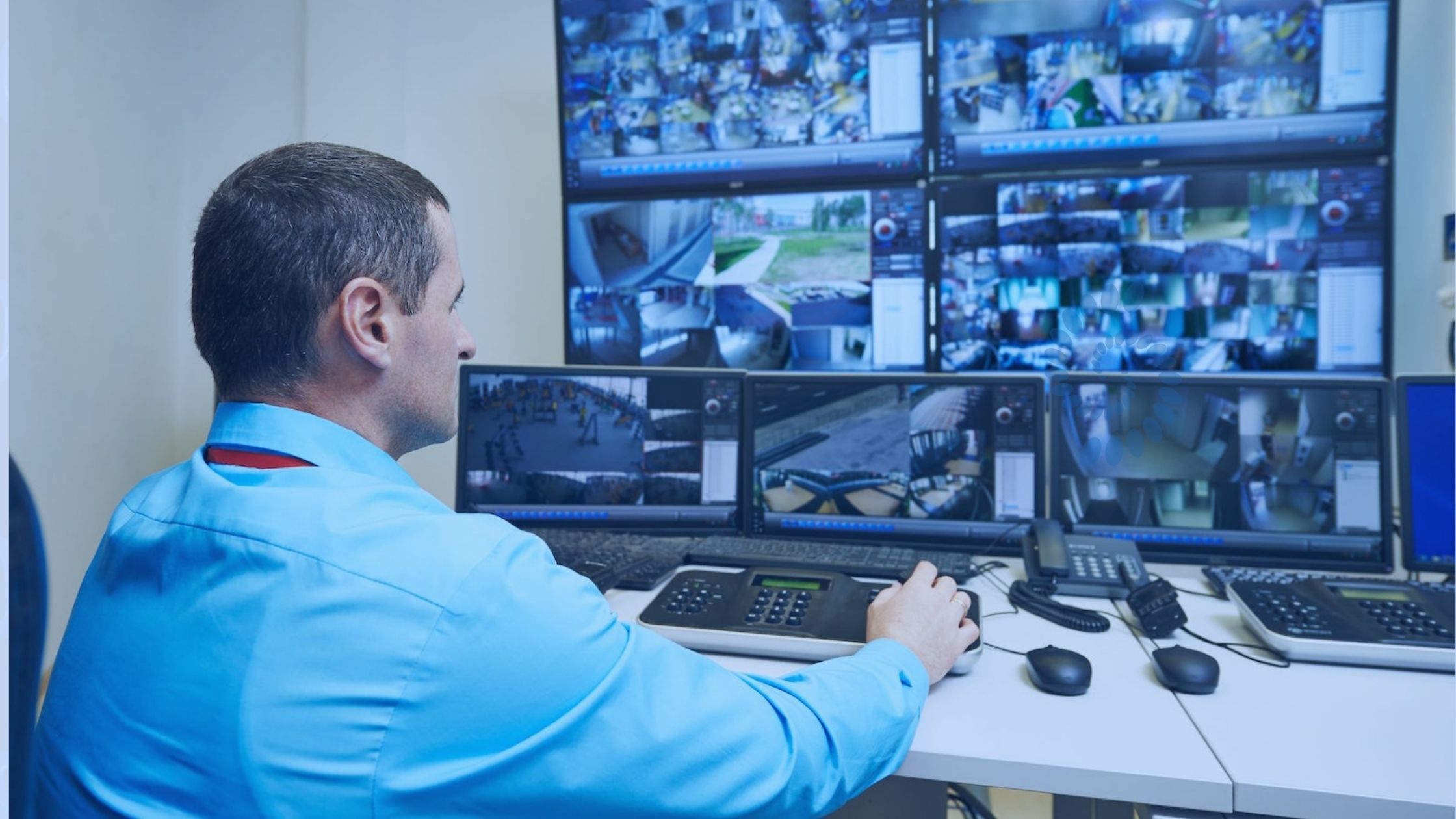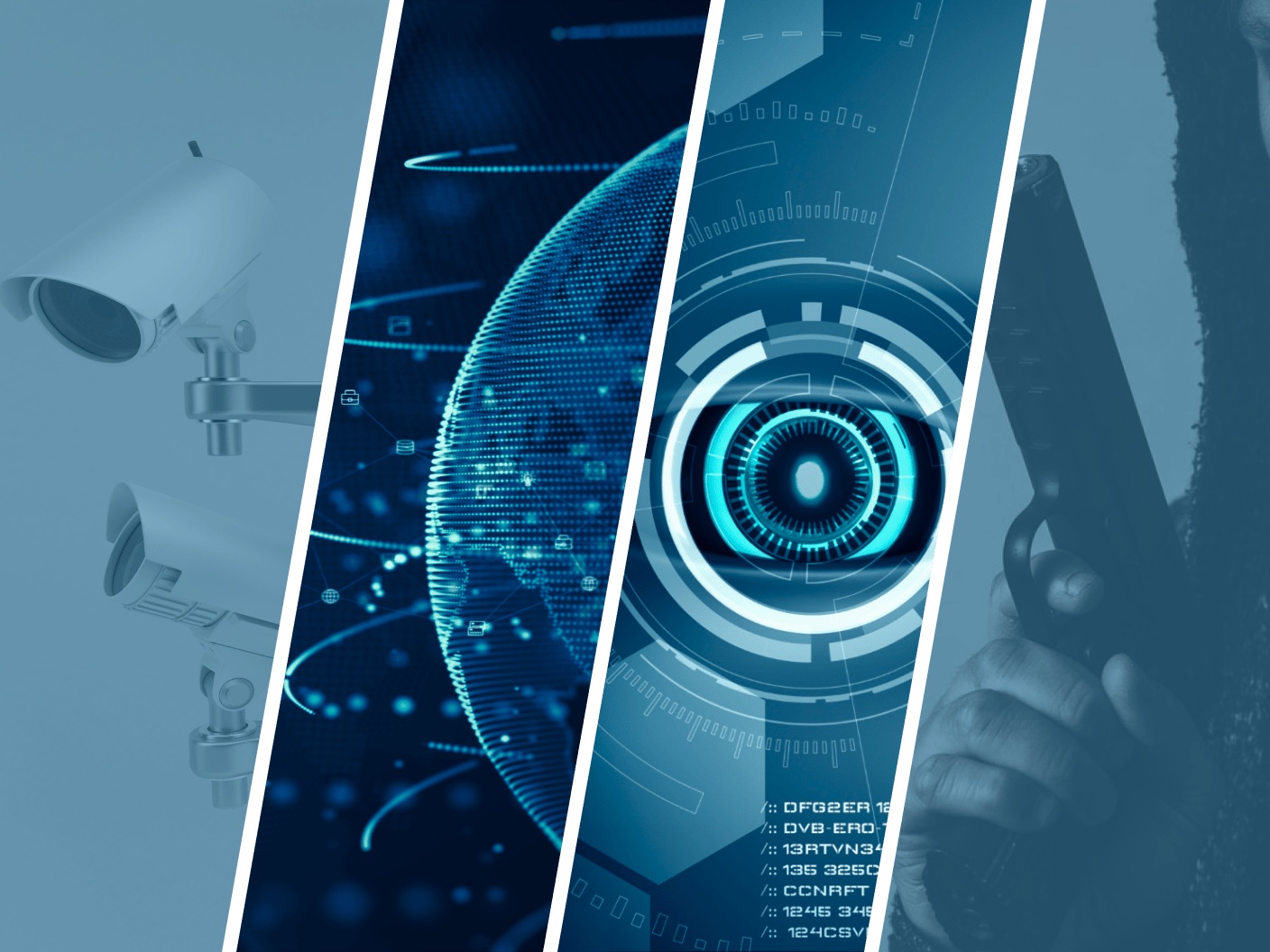The forensic analysis relies heavily on video and image analysis. During the investigation, it is the scientific examination of videos and images that are recovered from a digital device. Comparison and evaluation of its authenticity are part of the examination of video and image evidence.
A significant piece of scientific video investigation and the measurable picture is video forensic enhancement, which is a course of keeping the occasions clear and utilization of nondestructive occasions to safeguard the trustworthiness and pixel nature of the video/picture proof. The success of video enhancement is directly proportional to enhancement techniques and tools, resolution, and frame rate of the video. A video/image can be enhanced regardless of its recording time and can be carried out with the aid of image enhancement software.

SENSE BEHIND IMAGE/VIDEO FORENSICS ENHANCEMENT
The process of forensic enhancement is not as straightforward as simply zooming in on the video that was obtained from a video surveillance system.
The pixels in a video lose their quality when you zoom in on them. Pixels are tiny boxes of color that make up the whole image. Each pixel expands when a picture is expanded, lowering the frame’s quality. With the right tool and method, enhancement can be done well.
HOW DOES IT ASSIST INVESTIGATORS?
The procedure of video enhancement enables the investigators in video forensics to observe an event in a video in the same way that they did. It makes it easier for litigators to comprehend events that are difficult to comprehend due to excessive movement or darkness. It is helpful to the investigators to capture the event from a video that has been poorly maintained or positioned.
- Sharpening
Sharpening the video makes the edge of the video more distinct and clear. The brightness should not overpower the video that is obtained from a digital video surveillance system. It provides information about the subject of the video.
- The quality of the original video
If the video is too dark, a color correction process is used to bring it up to the brightness of the scene and make it easier to see.
- Masking
This method covers a witness’ or police officer’s face to keep them from being seen.
- Stabilization of the video
When there is too much movement in the video, it is hard for the investigators to see what is going on. The litigators may reject the video if it is unstable and has excessive movement. The video stabilization process produces the best possible playback by reducing the amount of movement in the video.
- Interlacing
It is a method for taking pictures in an analog system. This method creates a single-frame video by combining two TV fields.
- Demultiplexing
This is another video enhancement method that lets each camera be isolated. It is used to simultaneously display images from multiple cameras.

USING COGNITECH FOR IMAGE/VIDEO ENHANCEMENT
Cognitech robust video forensic analysis tool provides a methodical approach to comprehensive video and image analysis. Cognitech’s advanced and customizable features for converting, restoring, enhancing, measuring, presenting, and reporting video or image evidence are its greatest strength. Every video investigator needs this versatile tool which assists to;
- Load videos and images
- Load a lot of proprietary CCTV/DVR formats
- Examine and evaluate the data and file structure
- Enhance the video to see license plates and objects
- Make a point-by-point logical report consequently




